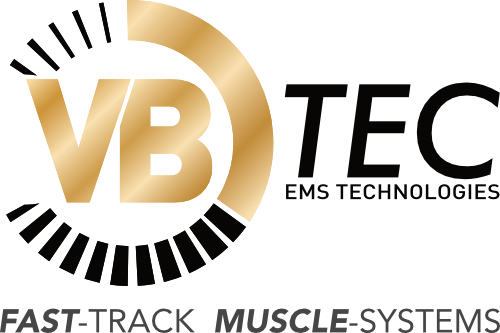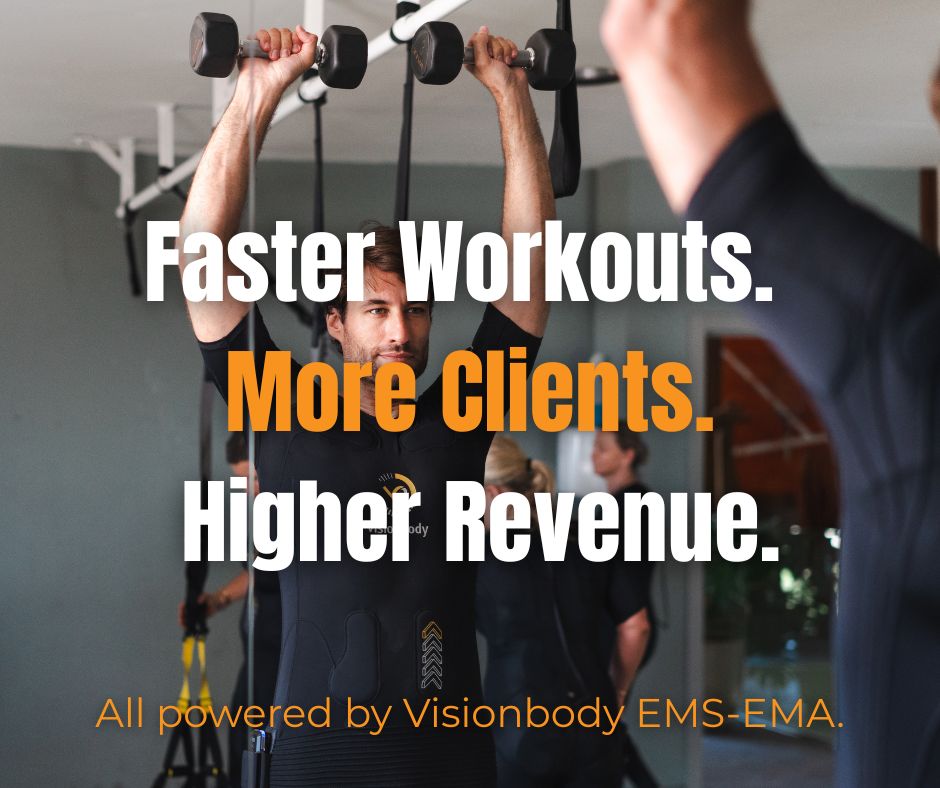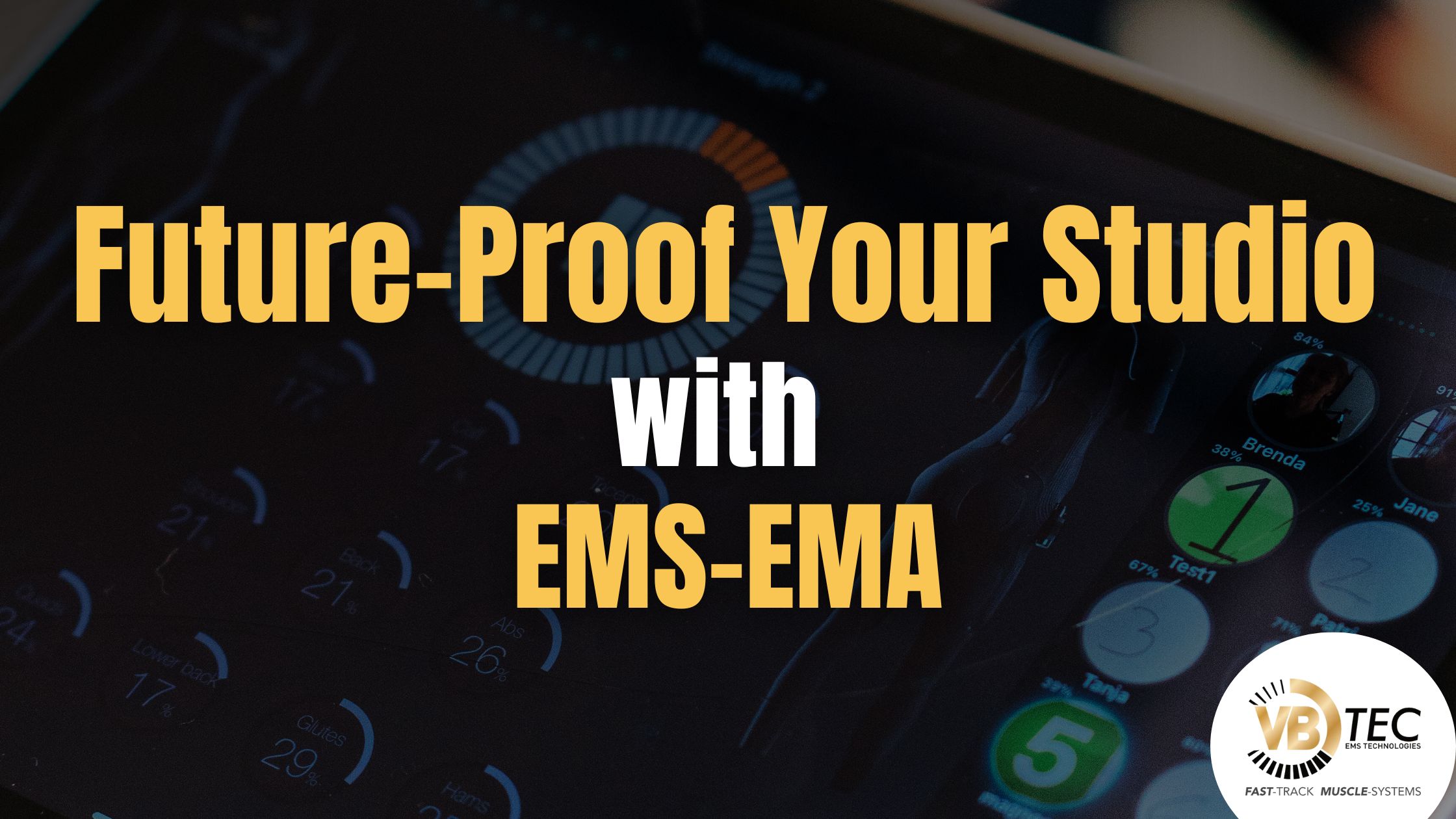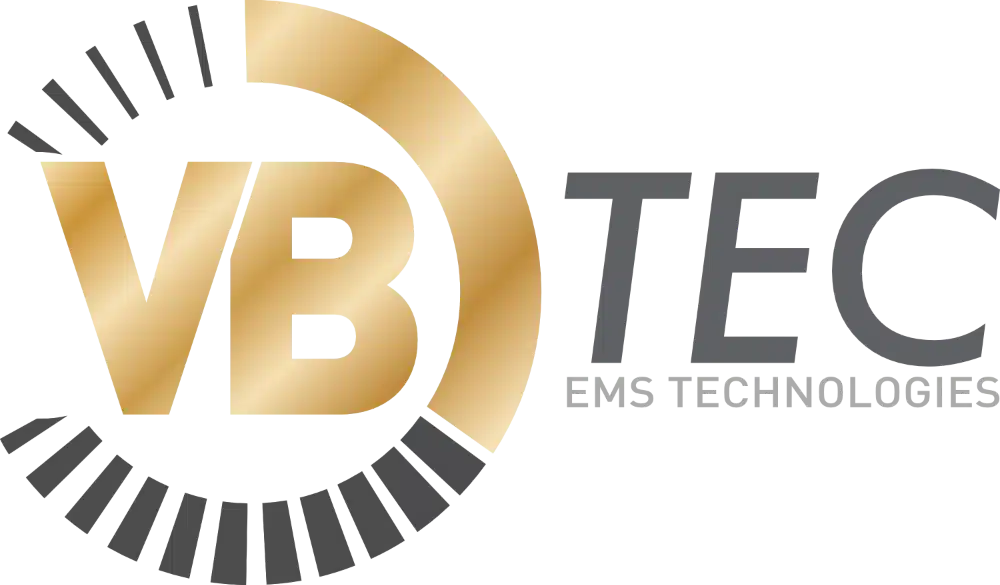Muscle isn’t just about strength or size; it’s a critical driver of health, recovery, and performance. My name is Henri Schmidt, and as a sports scientist and creator of the first wireless EMS system, I’ve dedicated 35 years to exploring how we can better activate and preserve muscle tissue through smart, science-backed solutions.
In this article, I’ll break down the real science behind EMS training and how it’s reshaping recovery, performance, and everyday movement for athletes, patients, and everyone in between.

Why EMS Is a Smarter Way to Build Muscle: Science, Benefits, and Long-Term Performance
Muscles are the biological engine behind performance, metabolic stability, injury resilience, and aging well. Traditionally, muscle building has meant spending hours in the gym, engaging in heavy lifting, and adhering to strict routines. But what if you could activate deeper muscle fibers more efficiently, safely, and in less time?
That’s where EMS (Electrical Muscle Stimulation) comes in, specifically where Visionbody by VBTEC is transforming the standard with wearable, wireless EMS solutions for fitness, rehabilitation, and sports science professionals.
In this article i will explain the science of EMS for muscle development, compare it to traditional methods, and explore its impact on performance, recovery, and long-term muscular health.
EMS Muscle Training: How It Works and Why It Matters
The Science Behind EMS
Electrical Muscle Stimulation (EMS) works by sending low-frequency impulses to the muscles via external electrodes, causing involuntary contractions that mimic the body’s nervous system signals. These impulses recruit a higher percentage of muscle fibers, including:
- Type I fibers (endurance-based)
- Type II fibers (power, hypertrophy, speed)
In standard training, activating Type II fibers requires high loads and explosive movements. EMS shortcuts that by engaging them without joint strain, without fatigue-based form breakdown, and the risk of overtraining.
Whole-Body EMS (WB-EMS) with Visionbody
Visionbody EMS suits by VBTEC deliver full-body stimulation wirelessly, allowing users to move functionally while targeting all major muscle groups in just 20-minute sessions. Unlike passive EMS units, Visionbody allows:
- Active, movement-based training
- Simultaneous upper/lower/core stimulation
- Neuromuscular control development
Resulting in deeper, more effective muscle engagement with less mechanical wear and tear.
Scientific Evidence: Does EMS Build Muscle?
Research-Backed Muscle Growth and Strength Gains
Multiple studies across athletic, clinical, and sedentary populations confirm that EMS can:
- Increase muscle cross-sectional area (CSA)
- Improve maximal voluntary contraction
- Promote hypertrophy even in those who cannot lift conventionally
A 6-week EMS protocol in sedentary adults showed measurable increases in quadriceps strength and size, comparable to moderate-intensity resistance training.
In older adults, WB-EMS led to improvements in lean mass, mobility, and balance, outperforming traditional bodyweight routines in a similar timeframe.
Enhanced Muscle Fiber Recruitment
In voluntary training, only ~40-60% of muscle fibers may be activated in a set. EMS can activate up to 98% of the muscle, including deep stabilizers, which are often neglected in conventional training. This makes EMS a compelling option for:
- Post-injury retraining
- Sport-specific strength
- Muscle re-education and symmetry correction
EMS vs. Traditional Resistance Training: A Comparative Look

Complement, Not Replace
EMS isn’t meant to replace conventional strength training entirely; rather, it enhances muscle stimulation for:
- Greater muscle fiber activation
- Training adaptation in shorter timeframes
- Reduced overuse and joint degradation
For athletes, trainers, and clinical rehab centers, combining EMS with mobility or resistance workouts amplifies results mit lower systemic fatigue.
EMS for Muscle Recovery and Long-Term Health
Faster Recovery Through Localized Stimulation
Muscle soreness, fatigue, and tightness can delay progress. EMS offers a solution by:
- Stimulating blood flow
- Reducing lactic acid buildup
- Supporting lymphatic drainage post-training
For post-op or injury patients, EMS provides gentle activation to prevent muscle atrophy and speed up recovery, even when movement is limited.
Long-Term Muscle Health and Aging
Age-related muscle loss (sarcopenia) starts as early as 30 and accelerates after 50. Without intervention, this leads to:
- Functional decline
- Frailty
- Loss of metabolic flexibility
EMS offers a low-impact, highly targeted method to:
- Preserve lean mass
- Strengthen stabilizers and postural muscles
- Support functional independence
Paired with Visionbody EMS suits, aging populations can now train safely and effectively, without fear of falling, overexertion, or joint damage.
EMS in Athletic Performance and Sports Science
Explosive Power, Speed, and Muscle Symmetry
In competitive sports, fractions of a second and millimeters of movement often separate elite performers from the rest. EMS training offers athletes a unique edge by targeting the neuromuscular system with unmatched precision.
Elite sports teams and Olympic-level athletes have long used EMS for athletes to fine-tune physical performance, particularly when it comes to:
- Enhancing explosive power through rapid Type II fiber recruitment
- Improving rate of force development (RFD), a key marker of sprinting, jumping, and acceleration
- Activating underutilized stabilizer muscles that are often missed in conventional strength training
What sets EMS apart in athletic conditioning is its ability to overcome neurological inhibition, helping athletes fully engage dormant or inhibited muscle groups after injury or due to overcompensation patterns.
Additionally, muscle symmetry is crucial in sports to avoid overloading one side of the body. EMS can correct imbalances by providing targeted bilateral activation, improving form, reducing injury risk, and optimizing biomechanics.
When combined with functional movement, wearable EMS systems like Visionbody allow athletes to train dynamically while receiving muscle stimulation, offering measurable gains in speed, coordination, and reactive strength, without excessive joint loading or training volume.
Integrating EMS into Sport-Specific Programs

Visionbody EMS suits allow for:
- Functional movements like squats, lunges, and rotations
- Real-time stimulation control by muscle group
- Seamless integration into strength, endurance, or rehab protocols
This gives coaches and therapists precision control over activation patterns, a game-changer in sports science and athlete conditioning.
Why Visionbody EMS by VBTEC Is a Market Leader
In a rapidly evolving fitness and wellness landscape, Visionbody EMS by VBTEC stands out as the benchmark for innovation, quality, and intelligent design. This isn’t just another EMS device; it’s a fully integrated, high-performance platform tailored for modern training environments.
At its core is the wireless, dry-electrode EMS suit, designed for maximum hygiene, mobility, and freedom of movement. Unlike gel-based electrode systems, Visionbody eliminates time-consuming preparation and cleanup, making it ideal for high-traffic studios, clinics, and gyms. The breathable, durable fabric ensures comfort and precision, session after session.
With its intuitive app interface, trainers and practitioners can instantly adjust intensity levels for specific muscle groups, monitor performance in real time, and customize sessions for:
- Athletic performance
- Rehabilitation protocols
- Fat loss programs
- Anti-aging and mobility plans
More than a device, Visionbody represents a scalable, data-driven EMS solution that fits seamlessly into both personal and group training workflows. It’s already trusted by thousands of professionals who value efficiency, safety, and measurable outcomes.
For businesses aiming to future-proof their offerings, Visionbody EMS delivers a clear competitive advantage, blending science-backed training with cutting-edge wearability and professional-grade control.
Bring EMS Innovation to Your Studio or Clinic
If you’re looking to stay ahead in a saturated fitness or wellness market, EMS isn’t just a nice-to-have; it’s a smart strategic move. Studios, physiotherapy clinics, medical spas, and performance centers around the world are integrating EMS to transform the way they deliver results.
What makes EMS so valuable isn’t just its proven physiological effects; it’s the flexibility, scalability, and profitability it offers for service-based businesses. Whether you’re working with athletes, recovering patients, aging populations, or busy professionals, EMS enables you to:
- Diversify your services without adding new staff
- Deliver high-impact sessions in just 20 minutes
- Attract tech-savvy clients looking for next-generation training
- Increase retention by providing measurable, time-efficient progress
By integrating Visionbody EMS, you also gain access to a system that blends science with usability, meaning less time training staff and more time delivering value. Whether you’re launching a premium performance service or expanding your rehab protocols, EMS gives you the competitive edge to position your brand as cutting-edge, effective, and client-focused.
It’s more than innovation, it’s an investment in smarter business growth.
Whether you run a fitness studio, wellness center, or rehab clinic, Visionbody by VBTEC gives you the tools to help clients build real muscle, recover faster, and train smarter.
Contact Us Today to learn how Visionbody EMS can help you future-proof your services and empower your clients with the next generation of muscle training technology.
References:
- Filipovic, A., et al. (2012). Meta-analysis of EMS training effectiveness. PubMed
- Kemmler, W., & von Stengel, S. (2013). Whole-body EMS in elderly adults. PubMed
- Paillard, T. (2008). EMG activity during EMS protocols. NIH
- Lake, D. A. (1992). Neuromuscular electrical stimulation overview. PubMed









